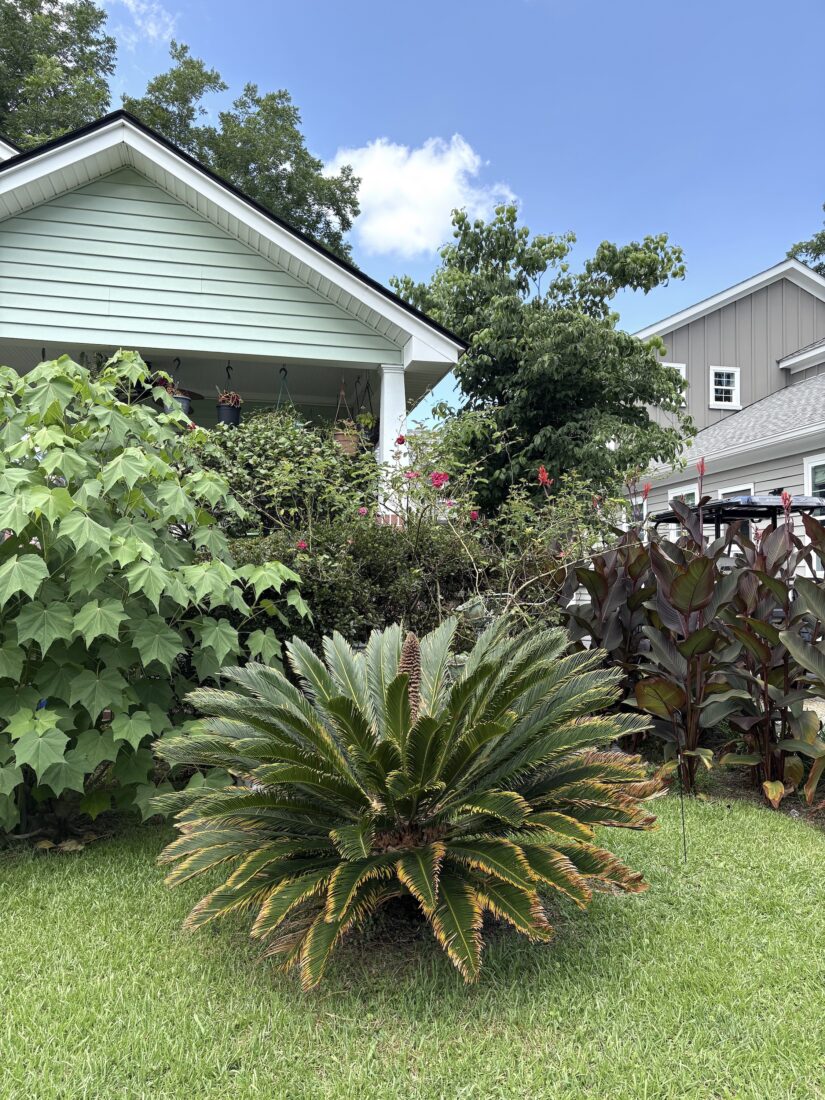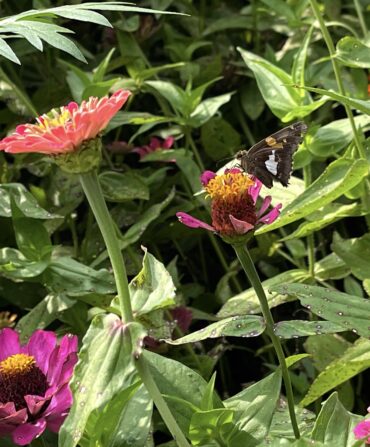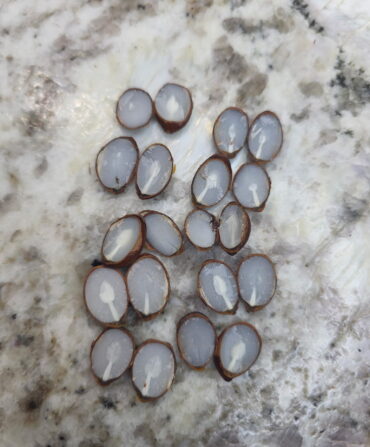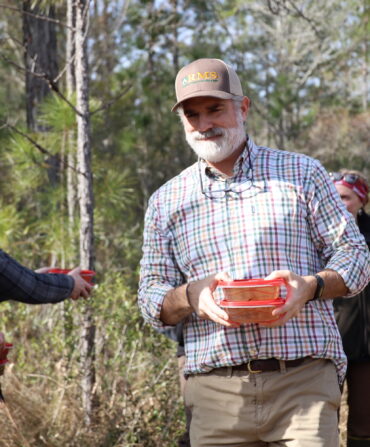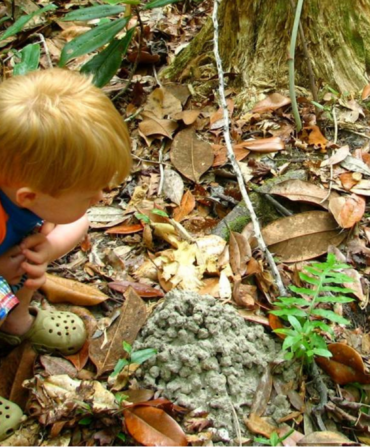Ranking high among the many wonderful things about owning a dog in the South is being able to let it run around the yard pretty much year-round. Wouldn’t you know, though, even that can have a downside.
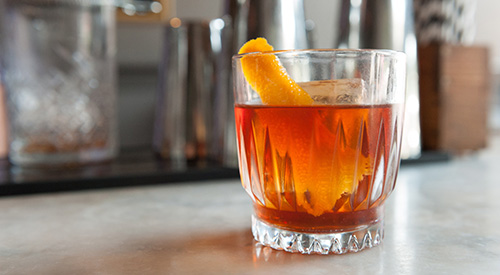
“Exposure risk to toxic plants is greater here because dogs can be outdoors longer,” says Dr. Chris Martyniuk, a toxicology expert with the University of Florida’s College of Veterinary Sciences. “Plus, tropical plants grow well in our climate, and plants from the tropics are more known for potential toxicity. It’s a double whammy.”
The danger could be closer than you think, given that some especially hazardous plants are common to Southern yards.
Sago Palm
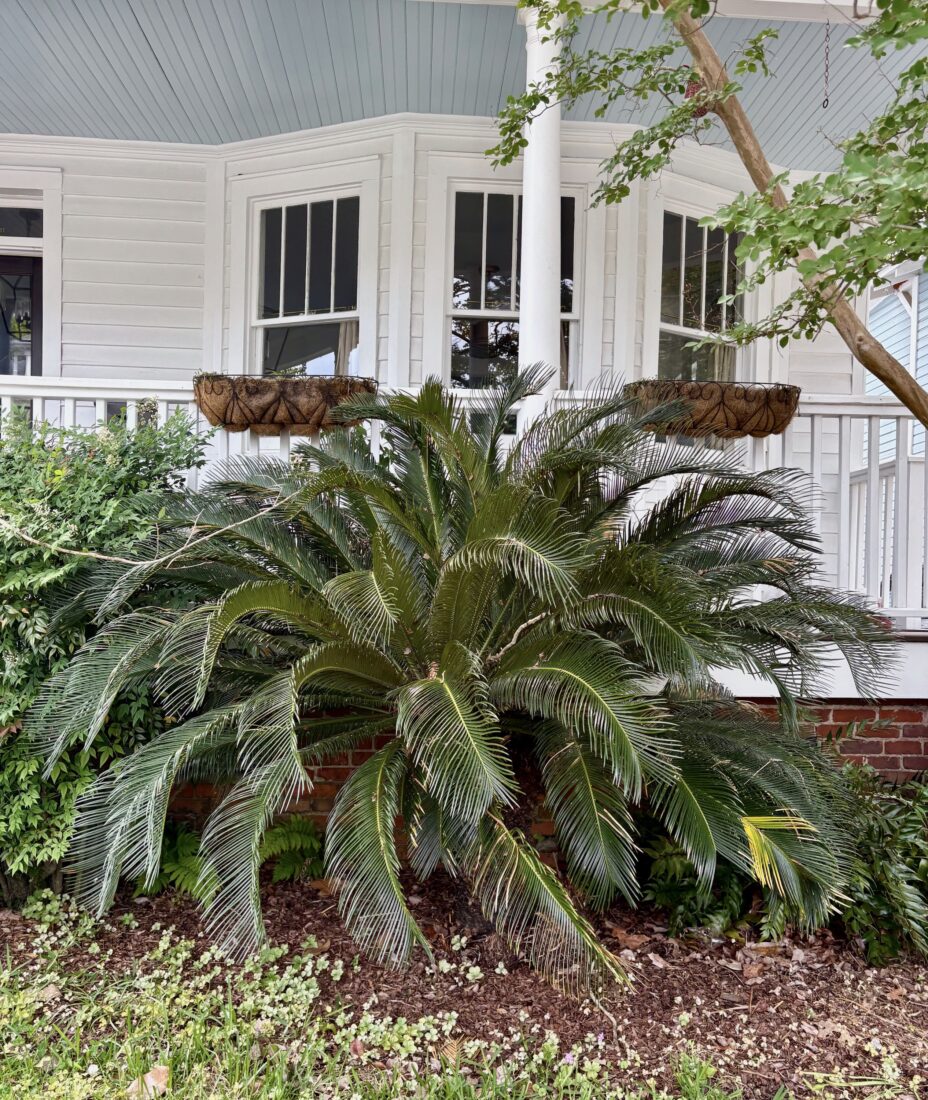
The low-growing cycas revoluta is technically not a palm but a cycad (a close relative of the conifer), and its green, feathery fronds have earned its common name and made it a popular ornamental with landscapers and homeowners looking for a tropical vibe. Unfortunately, that beauty carries a hidden cost. “All parts of the sago palm are toxic, even the fronds, but the seeds are the most dangerous to dogs,” Martyniuk says. “They have a colorful husk and a nutty inside. Just like a dog might eat a walnut, they can be attracted to the seeds. They look appetizing.” The resulting toxicity attacks a dog’s liver, first causing vomiting and diarrhea. Yellowish eyes and pale gums follow as jaundice sets in, followed in serious cases by internal hemorrhaging. “One in three cases is fatal, and even the dogs that survive have a long road to recovery,” Martyniuk says. “They can be hospitalized for a week or more.” At the first sign of symptoms, a dog should be taken to a vet for a blood test that looks for telltale enzymes.
Zamia
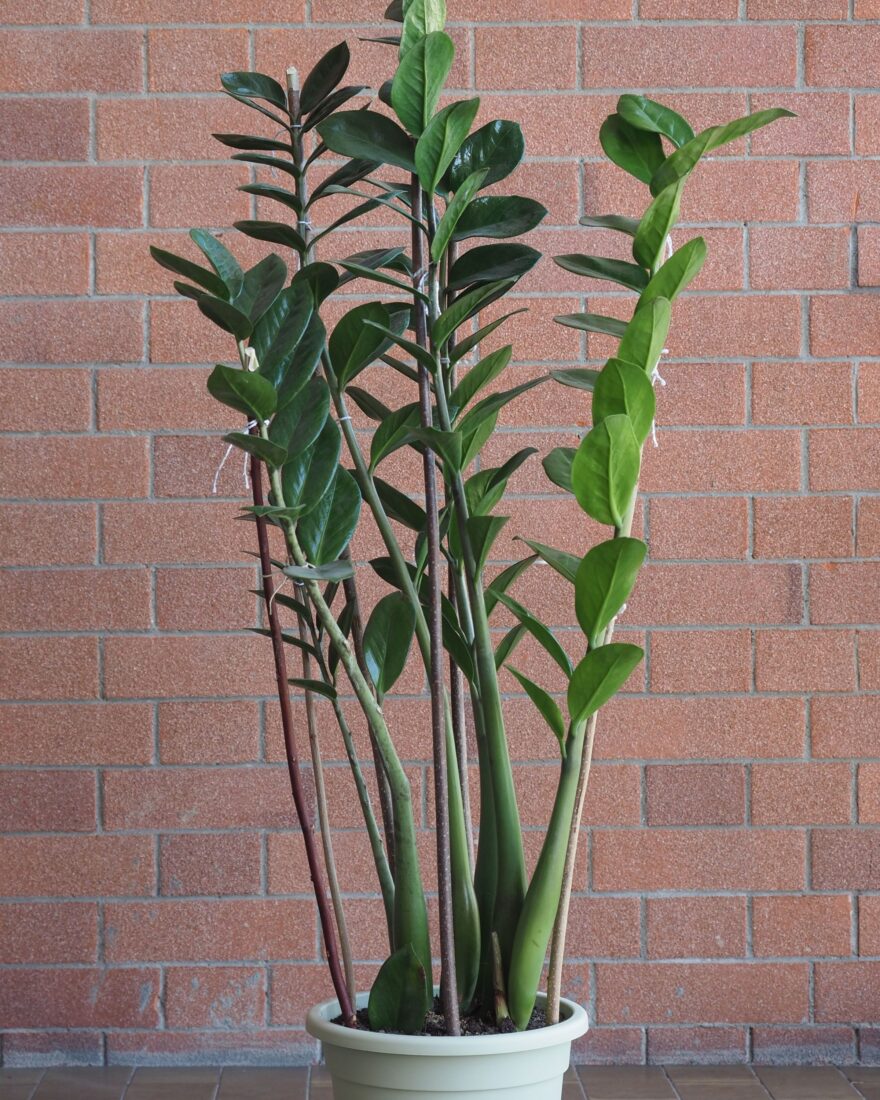
The fronds of the zamia, another cycad, boast broader, oval-shaped segments that also make it a go-to ornamental. Its fleshy, orange-red seeds typically have lower toxicity that those of a sago palm, but that can depend on individual plant location. “If a plant is stressed by weather or poor soil, it produces more toxins, so variables make it hard to predict,” Martyniuk says. “The seeds are still the most toxic because the plant doesn’t want its seeds to be eaten.” Symptoms are the same—nausea and diarrhea that can lead to seizures and hemorrhaging. The mortality rate isn’t as high as with ingestion of sago palm, but care by a vet is highly advisable. Similarly, treatment involves high-dosage infusions of antioxidants to stabilize liver function.
Azaleas
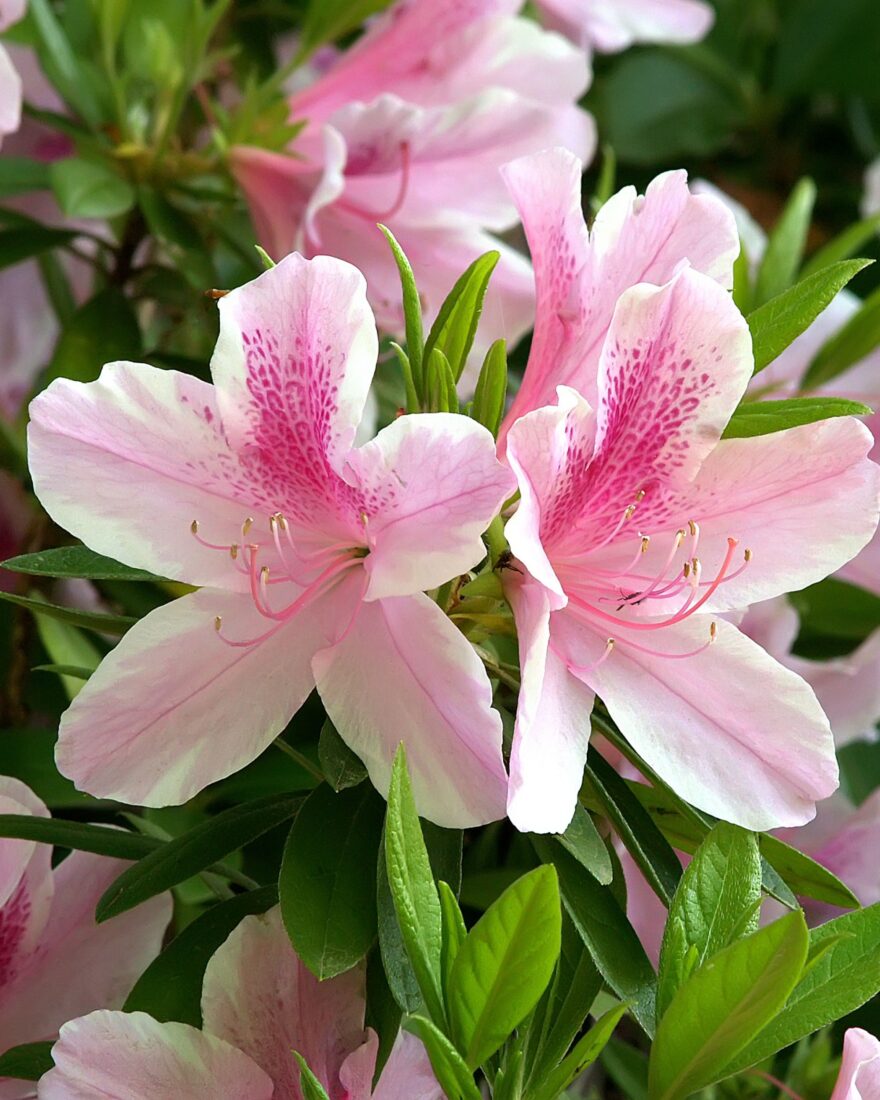
No way, you protest, your precious azaleas wouldn’t hurt a flea. Those big, fat gorgeous blooms can harm Fido, however. “Dogs don’t usually consume azaleas, but some might chew on them, and the flowers and leaves contain a toxin,” Martyniuk says. “Unlike the cycads, this is a neurotoxin that affects sodium channels in the brain and causes dehydration. As a result, the dog can experience diarrhea and behave as if drunk. They grow disoriented, wobble, may not be able to stand, and can in some cases experience seizures.” Fortunately, treatment at a vet’s office is a straightforward administering of fluids that counteract dehydration, and possibly diazepam to control seizures and calm the dog.
Garlic and Onion
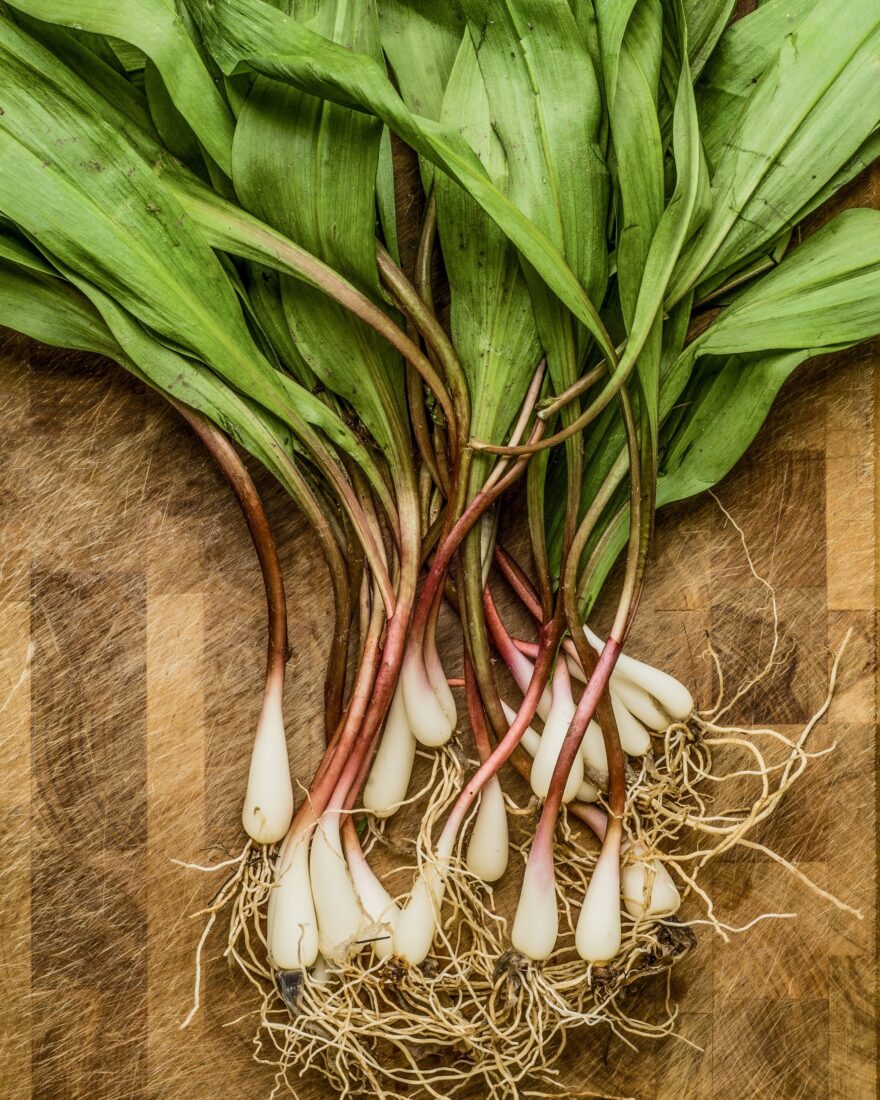
As a defense mechanism, wild-growing garlic and onion leaves and bulbs contain sulphur compounds that are toxic to dogs and cats when chewed. “Dogs can come into contact with wild garlic and onion in the woods or in a yard, and once those compounds get into the blood stream, they basically blow up red blood cells,” Martyniuk says. “That results in hypoxia and cyanosis, where the blood can’t carry oxygen to the tissues and they turn blue.” The veterinarian-administered treatment is strong antioxidant medications.
Nightshades
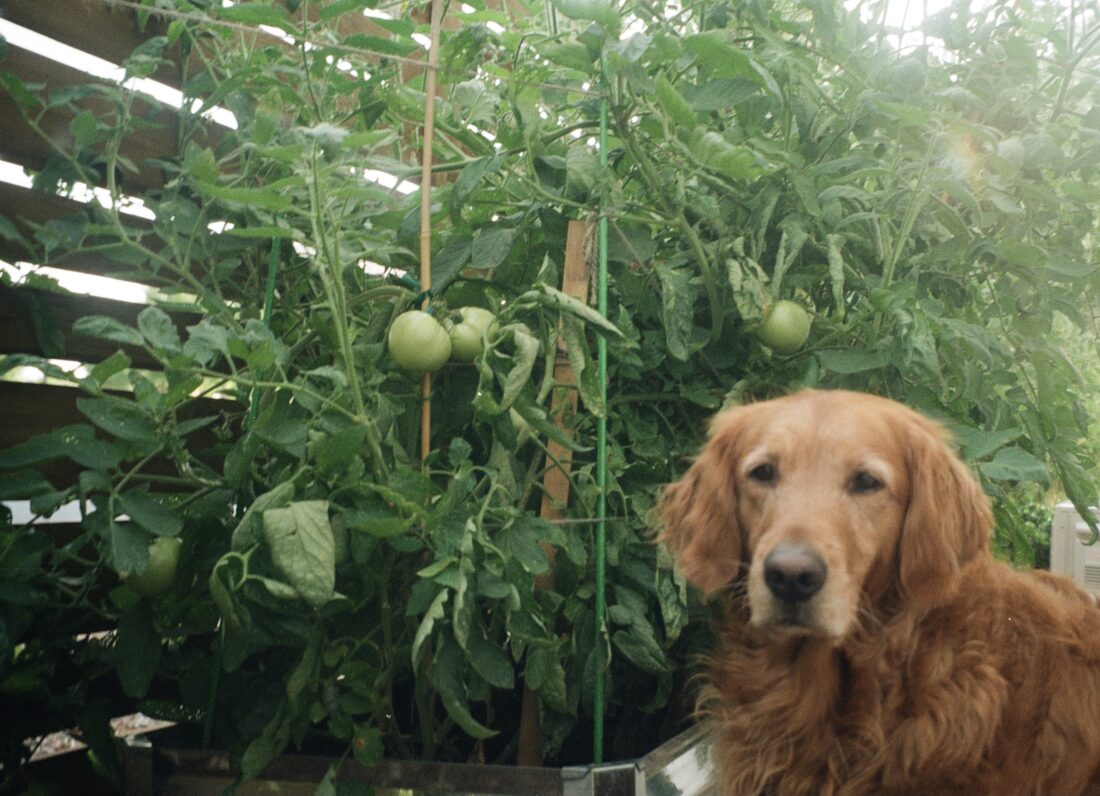
Though nightshades like tomatoes, potatoes, eggplants, and peppers have been cultivated over time to contain low levels of solanine, the neurotoxin can still be present enough to affect the central nervous system. But why are dogs more susceptible to it than tomato sandwich–craving humans? “When we ingest toxins, they’re processed by the liver, and dogs and humans have different enzyme variants in our livers,” Martyniuk says. “Over time, dogs have become more susceptible to certain plants because they have different enzyme genetics.” Fortunately, while wild plants such as Eastern black nightshade can be highly toxic if ingested, tomatoes and tomato greens don’t present much risk. “A dog would have to eat a lot of leaves and stems to cause sickness,” Martyniuk says. “I wouldn’t be too concerned about tomatoes in a garden.”
Lantana Camara
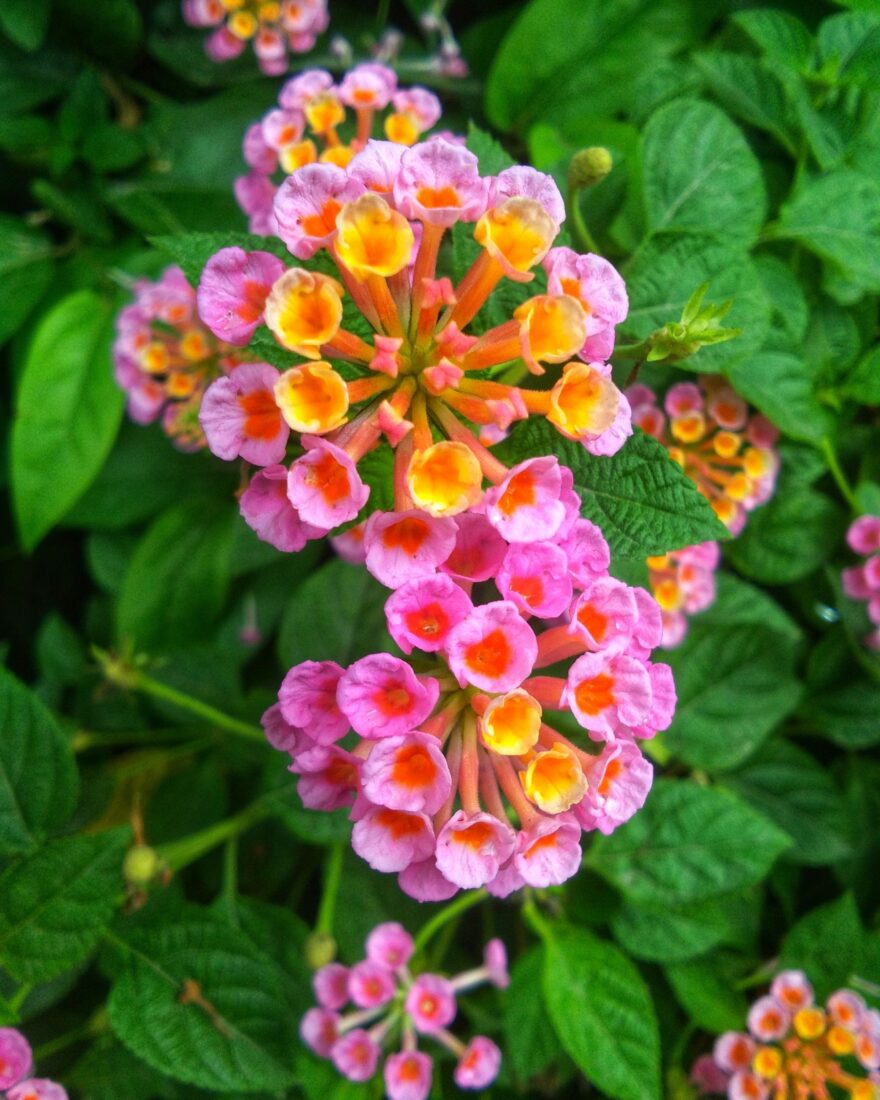
Toxicity is only part of the problem with this flowering verbena imported from the tropics as a popular ornamental; its adaptability has made it a fast-spreading invasive that crowds out native plants. For dogs the risk is more immediate, with the toxin lantadene attacking bile ducts and blocking up the liver, resulting in symptoms of nausea and jaundice. As with sago palm, life-threatening hemorrhaging can occur, but unlike sago palm, dogs aren’t as tempted to ingest it as a between-feedings snack. “Once dogs taste lantana, they usually don’t like it,” Martyniuk says. “I haven’t seen many cases of this.”


